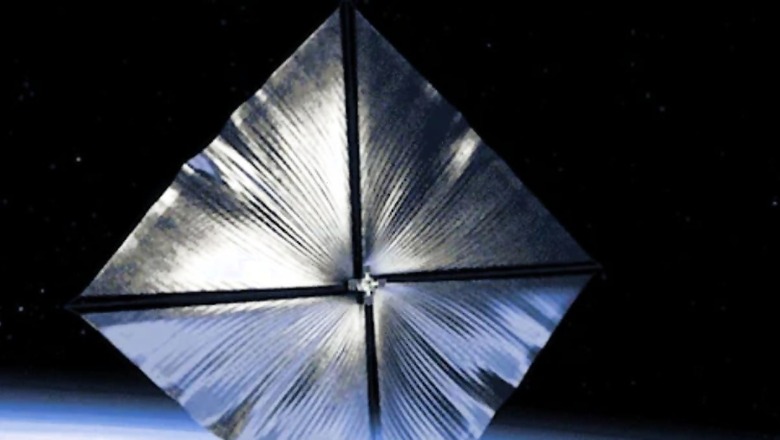
views
On Wednesday, April 24, NASA successfully launched its Advanced Composite Solar Sail System spacecraft from New Zealand at 3:30 a.m. IST. Riding atop Rocket Lab’s Electron rocket, the innovative spacecraft aims to utilise sunlight for propulsion. Scheduled to orbit 1,000 kilometres above Earth, the solar-charged craft boasts an impressive 80-square-meter measurement post-deployment, which occurs approximately 25 minutes after liftoff.
Initially slated for a two-month mission duration, NASA anticipates the solar sail’s eventual descent following its primary phase of operation. In a social media announcement preceding the launch, NASA highlighted the mission’s focus on testing the system’s performance, underscoring the significance of this pioneering venture in space exploration.
Let's set sail ⛵@NASA's Advanced Composite Solar Sail System is targeting an April 23 launch aboard a Rocket Lab Electron rocket from New Zealand.The rocket will deploy the mission’s CubeSat above Earth to test the performance of the system.
MORE >> https://t.co/s9iz8WMZr4 pic.twitter.com/SFi9bJ4fdB
— NASA Marshall (@NASA_Marshall) April 18, 2024
The post went viral in no time and has garnered over 40 thousand views.
The oven-sized CubeSat serves as the spacecraft’s heart, propelling it when solar particles are directed toward the solar sail.
After launch, the mission crew will perform a series of pointing movements to show the CubeSat’s orbit rising and lowering with sunlight. If the solar-powered spacecraft is perfectly oriented, it will be visible as the brightest star in the night sky, similar to Sirius.
According to NASA’s press release, “After a busy initial flight phase, which will last about two months and includes subsystems checkout, the microwave oven-sized CubeSat will deploy its reflective solar sail.”
It further stated, “The weeks-long test consists of a series of pointing manoeuvres to demonstrate orbit raising and lowering, using only the pressure of sunlight acting on the sail.”
How significant is this solar mission?
The mission is critical because its accomplishment will lessen dependency on heavy propulsion systems. Thus, solar sail technology will enable lower-cost missions of longer duration. The mission’s lead systems engineer at NASA’s Ames Research Center, Alan Rhodes remarked, “The Sun will continue to burn for billions of years, thus we have an infinite supply of propulsion. Instead of launching gigantic fuel tanks for future missions, we may deploy larger sails that utilize “fuel” that is already available.”

















Comments
0 comment